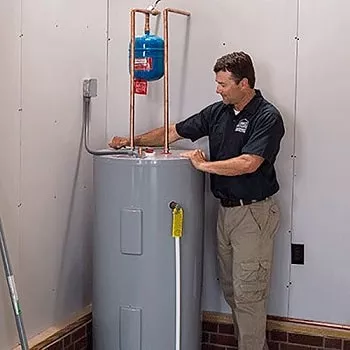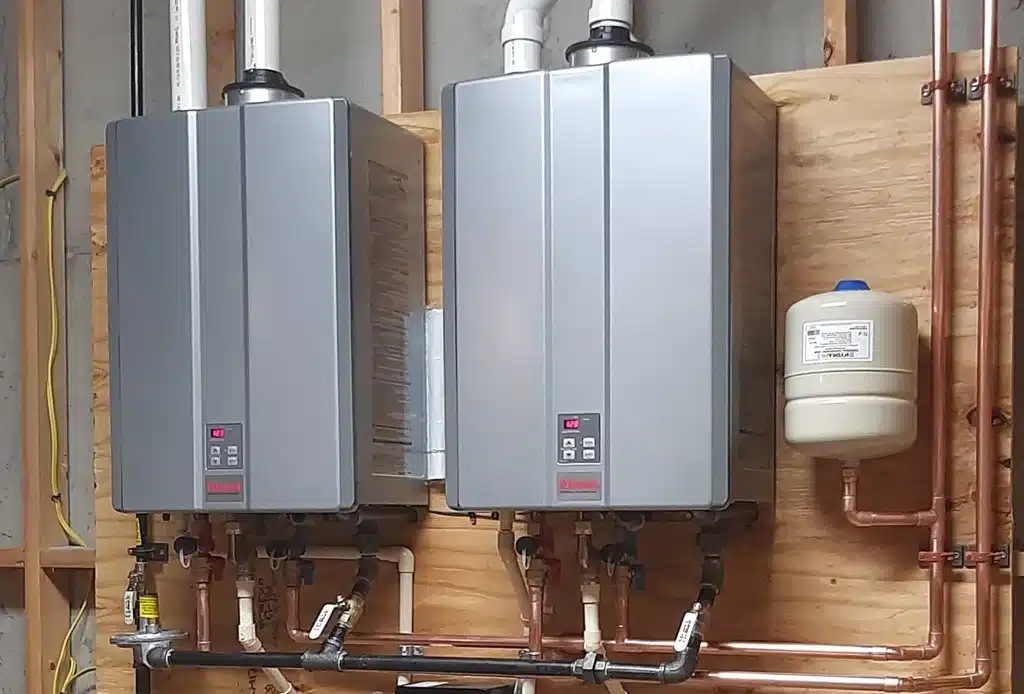Water Heater Installation for Enhanced Hot Water Efficiency and Performance
Water Heater Installation for Enhanced Hot Water Efficiency and Performance
Blog Article
Complete Guide to Water HeaterInstallment and Replacement
Comprehending the complexities of hot water heater setup and replacement is critical for homeowners looking for to make sure performance and integrity in their warm water supply. From choosing the proper kind and dimension to performing a seamless setup procedure, numerous variables must be thought about to stay clear of usual pitfalls. This guide will supply you with the needed actions and insights to navigate the complexities of this home enhancement job, while also highlighting vital maintenance techniques that can extend the life of your system. As you discover these facets, you may find yourself reassessing your existing setup and identifying areas for enhancement.
Sorts Of Water Heating Units
When thinking about hot water heater installment and substitute, it is vital to understand the various kinds of hot water heater available on the market. One of the most usual types include container hot water heater, tankless hot water heater, warmth pump water heating systems, and solar water heating units.
Tank water heating systems are standard systems that store a specific quantity of warm water, making them conveniently available when required. They are normally less costly upfront however may sustain higher power expenses with time as a result of heat loss. On the other hand, tankless water heaters give warm water as needed, eliminating the requirement for storage. They are energy reliable and can save area, but their preliminary costs are typically higher.
Heatpump water heating systems use electrical power to transfer warm from the air or ground to heat water, supplying significant power savings but needing even more space and particular setup problems. Last but not least, solar hot water heater harness solar power to warm water, giving an environmentally friendly choice with prospective lasting price financial savings, although they frequently need a back-up system for over cast days.
Understanding these options ensures educated choices relating to setup and replacement, accommodating particular needs and preferences.
Choosing the Right Dimension
Selecting the appropriate size for a hot water heater is essential to make sure ideal performance and efficiency. A device that is as well little will battle to fulfill house demands, leading to irregular warm water schedule and raised power usage. On the other hand, an oversized hot water heater can cause unnecessary power waste and greater energy costs.
To determine the appropriate size, think about the household's peak warm water use. This can be determined based on the number of occupants and their typical hot water demands. A family of four may call for a water heater with a capability of 50 to 80 gallons, depending on the use patterns, such as simultaneous showers and laundry.
Furthermore, assess the healing price, which gauges how swiftly a heating unit can restore warm water after it has been utilized. For tankless versions, concentrate on the flow rate, determined in gallons per min (GPM), to guarantee it meets the household's synchronised need.

Installation Refine Summary

Following, the old system must be separated and eliminated, taking care to adhere to regional codes and guidelines concerning disposal. Once the old device is out, the brand-new hot water heater can be positioned in area. This step involves attaching the supply of water lines, making certain that all fittings are safe and secure and leak-free.
After developing water connections, it's necessary to link the power supply, advice whether electrical or gas, following the maker's instructions carefully. As soon as all connections are made, the system ought to be full of water, and the power can be turned back on. It's important to check for leaks and make certain the water heater is working appropriately prior to completing the setup procedure.
Usual Installment Mistakes

An additional regular blunder is ignoring to adhere to regional codes and regulations. Stopping working to adhere to these requirements can not only cause safety dangers but might additionally result in expensive navigate here penalties or the need for expensive reinstallation. In addition, incorrect airing vent is a vital issue. Insufficient air flow can cause hazardous gas buildup, positioning severe wellness risks.
Falling short to safeguard connections or using the incorrect kind of installations can lead to leakages and water damage. By avoiding these usual setup mistakes, home owners can ensure their water heater runs safely and successfully, making best use of performance and long life.
Upkeep Tips for Longevity
Correct maintenance of a water heating system is crucial for its durability and optimum performance. Normal examinations and servicing can protect against expensive fixings and prolong the device's life expectancy. Begin by examining the temperature setup; it ought to usually be established between 120 ° F and 140 ° F for optimum energy effectiveness and safety and security.
Every six months, purge the container to remove debris build-up, which can impair home heating performance and cause rust. To do this, switch off the heating unit, attach a hose to the drain shutoff, and allow the water run until it is clear.
Anode rods must be inspected yearly and changed when they are worn away. These poles aid prevent storage tank rust by bring in harsh elements in the water.
Furthermore, inspect the stress alleviation shutoff frequently to guarantee it is operating appropriately. This valve is crucial for avoiding extreme stress accumulation within the container.
Last but not least, take into consideration scheduling a professional maintenance check every couple of years for comprehensive assessments and maintenance. By adhering to these upkeep tips, house owners can considerably enhance the effectiveness, security, and life expectancy of their water heaters, guaranteeing reliable hot water for many years to find.
Final Thought
In final thought, correct setup and upkeep of water heating units are critical for making sure efficiency and long life. By comprehending these crucial elements, home owners can accomplish a reliable warm water supply while minimizing prospective concerns related to water heating unit procedure.
Comprehending the details of water heater setup and substitute Continued is essential for home owners seeking to make sure performance and reliability in their warm water supply.Container water heaters are standard systems that save a specific volume of hot water, making them conveniently available when needed. In comparison, tankless water heating systems provide hot water on demand, getting rid of the demand for storage space. Selecting a water heating unit that is either also small or too large can lead to ineffectiveness, resulting in poor warm water supply or too much power consumption.
By recognizing these vital aspects, homeowners can attain a reliable warm water supply while reducing possible issues associated to water heating unit procedure. water heater installation.
Report this page